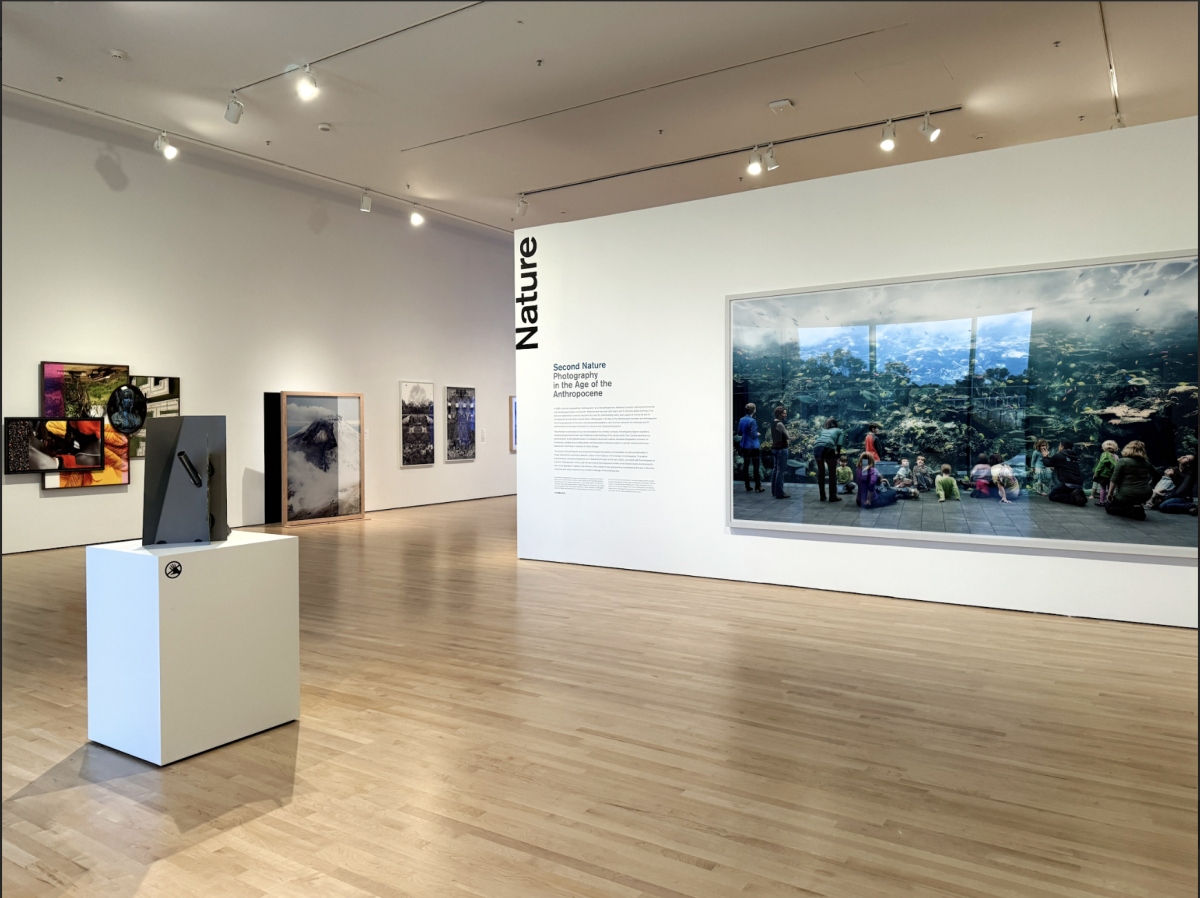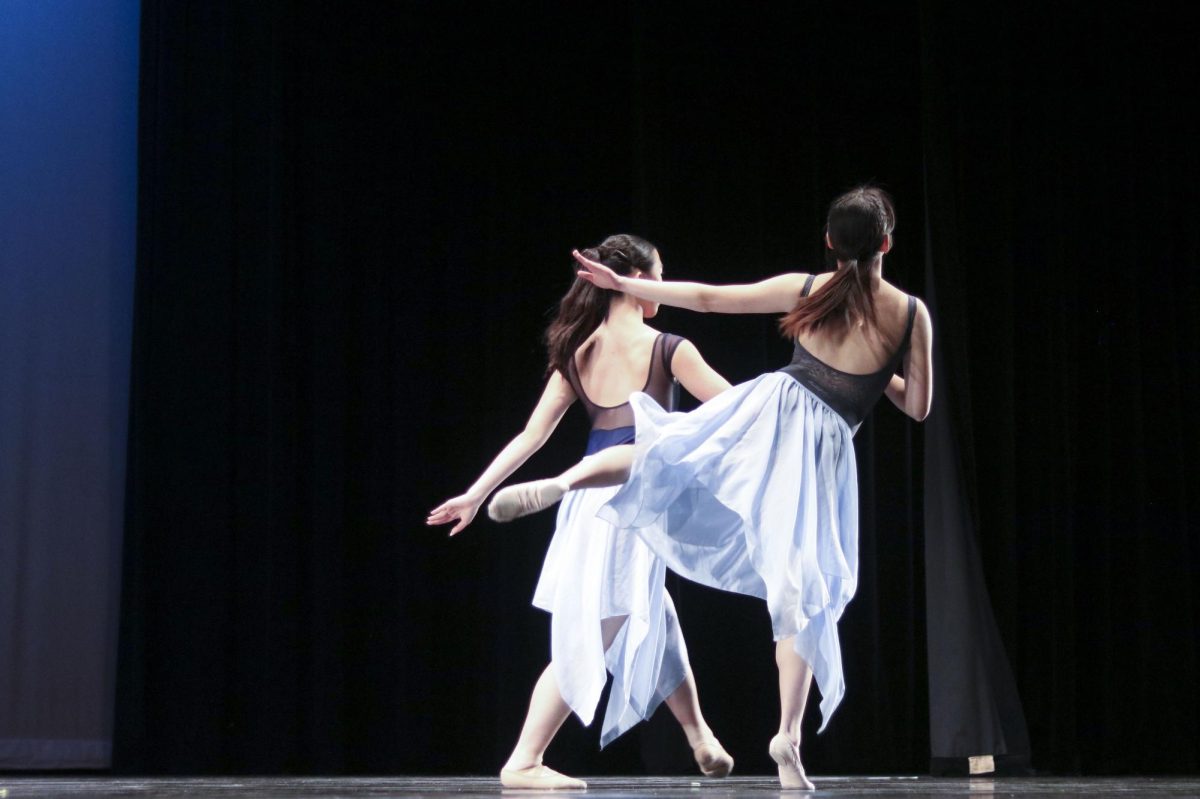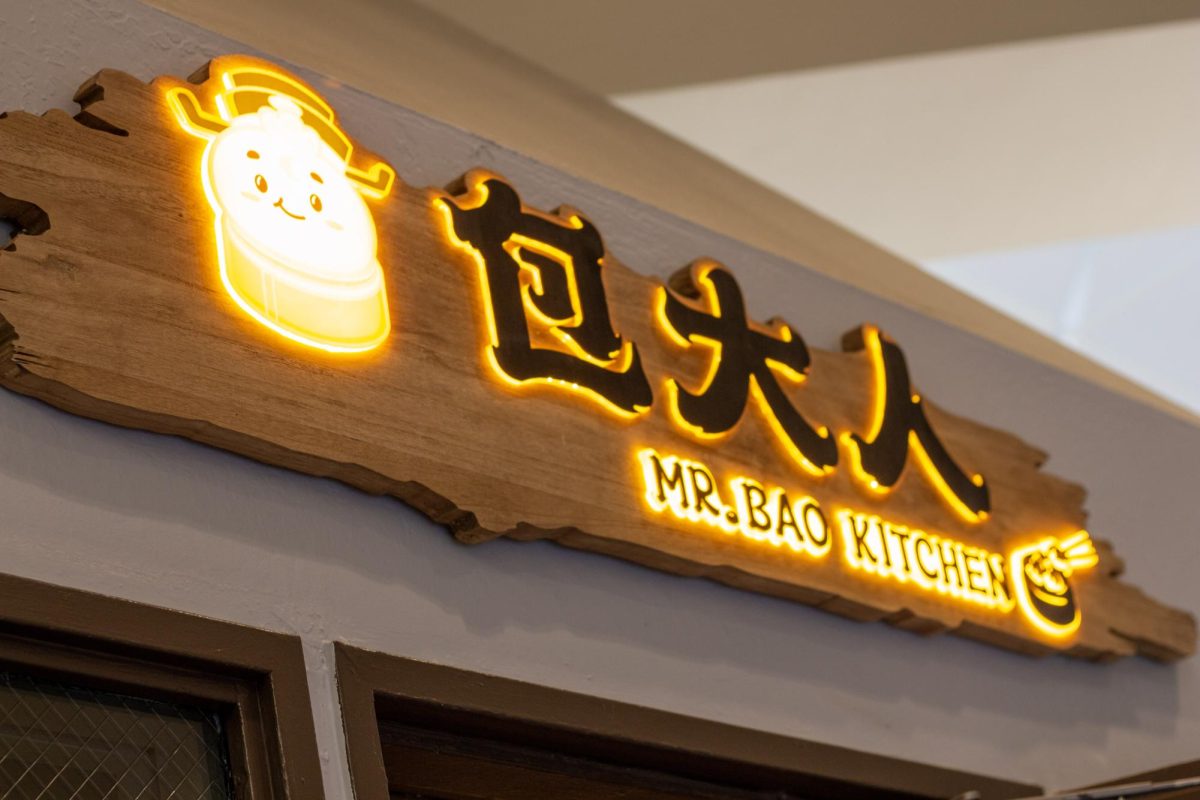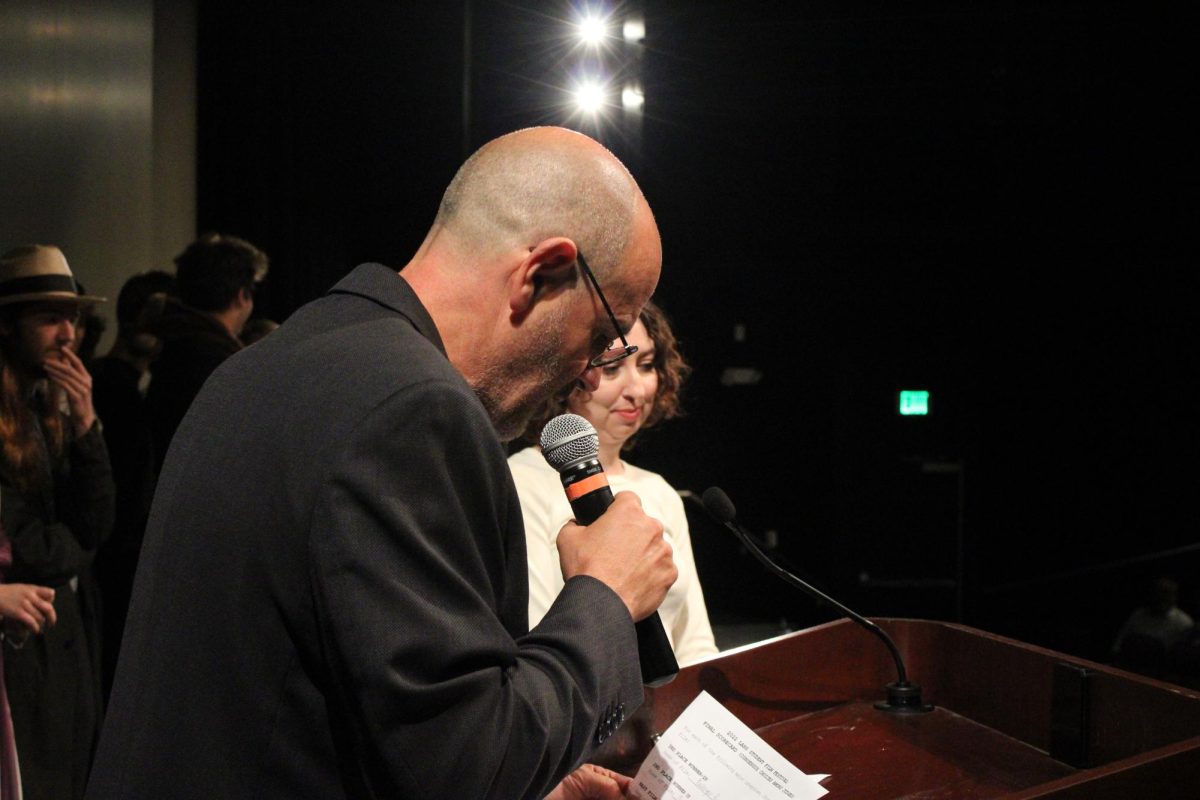Christmas and the holidays are celebrated differently in everyone’s homes, but the universal desire for comforting food remains. We asked Los Altos High School students to share foods they enjoy with their families during the colder months — nostalgic foods they eat every year. The following recipes reflect LAHS diverse cultural roots, and not only nourish the body but also tell stories of resilience, adaptation and the celebration of life during the coldest months.
This winter, we challenge you to embark on a culinary journey, to embrace the diverse and soul warming foods appreciated by your peers, from all over the world.
1. Japanese Hot Pot (Nabe):
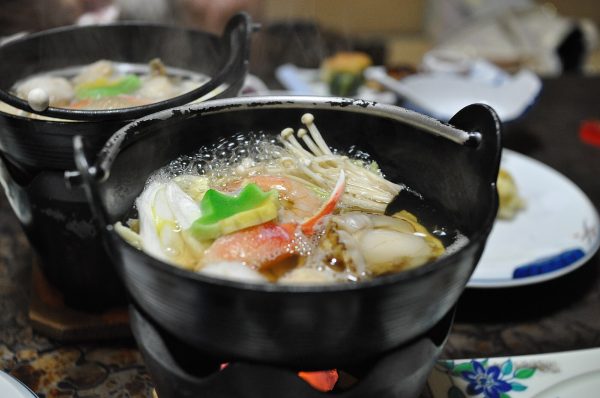
Ingredients:
1 pound (450 grams) thinly sliced pork or chicken
1 block tofu, cubed
1 cup napa cabbage, chopped
1 cup shiitake mushrooms, sliced
2 green onions, chopped
1 package of shirataki noodles or udon noodles
6 cups dashi broth (or vegetable or chicken broth)
1/2 cup soy sauce
1/4 cup sake
2 tablespoons mirin
1 tablespoon sugar
Instructions:
In a large pot, bring the dashi broth to a simmer.
Add soy sauce, sake, mirin, and sugar to the broth. Stir to combine.
Arrange pork or chicken slices, tofu, napa cabbage, shiitake mushrooms and shirataki noodles around the pot.
Allow ingredients to simmer in the broth until cooked. Meats should be cooked through, and vegetables should be tender.
Serve hot pot ingredients with dipping sauces like ponzu or sesame sauce.
2. Janssons Frestelse (Jansson’s Temptation):
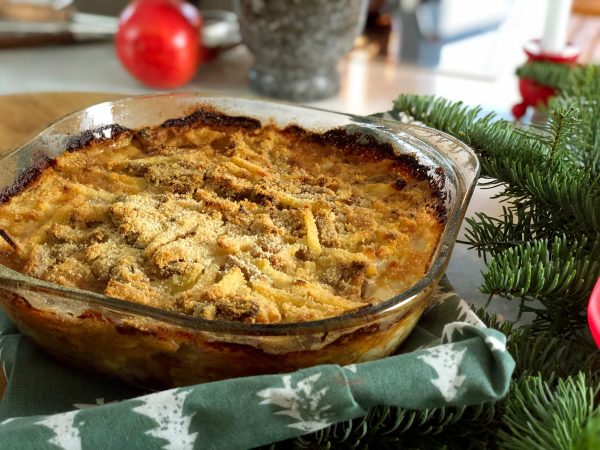
Ingredients:
4 large potatoes, peeled and thinly sliced
2 onions, thinly sliced
8–10 anchovy filets
1 cup heavy cream
Breadcrumbs and butter for topping
Instructions:
Preheat the oven to 375°F (190°C).
Layer potatoes, onions, and anchovies in a baking dish.
Pour cream over the layers.
Top with breadcrumbs and butter.
Bake for 45–50 minutes until golden brown.
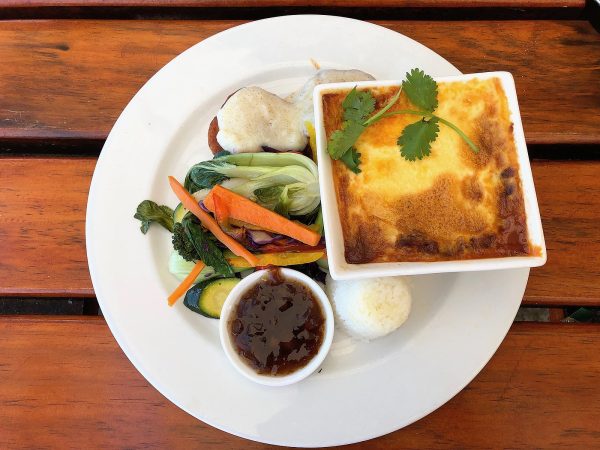
3. South African Bobotie:
Ingredients:
1 kg minced beef or lamb
1 large onion, finely chopped
2 slices white bread
1 cup milk
2 tablespoons curry powder
1 tablespoon apricot jam
2 tablespoons chutney
1/2 cup raisins
3 eggs
Salt and pepper to taste
Bay leaves for garnish
Instructions:
Preheat the oven to 180°C (350°F).
Soak the bread in milk and mash into a paste.
Sauté the onion until translucent, then add the minced meat and cook until browned.
Add curry powder, jam, chutney and raisins. Season with salt and pepper.
Stir in the bread mixture and let it simmer for 10 minutes.
Beat two eggs and mix into the meat mixture.
Transfer the mixture to a baking dish, smooth the top and place bay leaves on top.
Beat the remaining egg and brush it over the top.
Bake for about 40 minutes or until the top is golden brown.
4. Brazilian Feijoada:
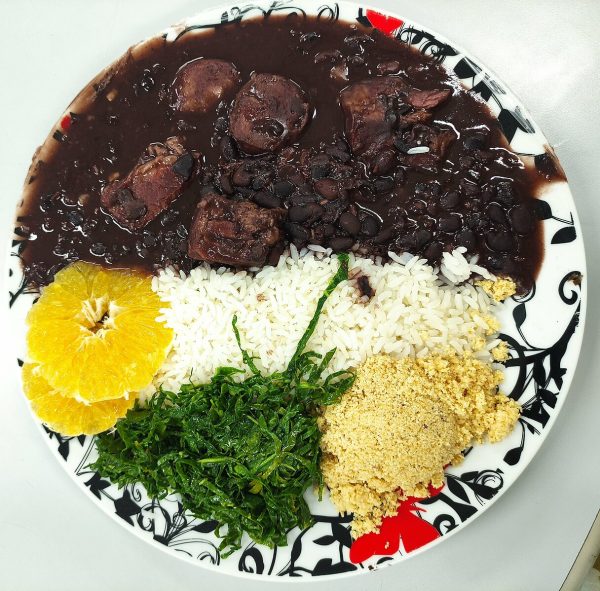
Ingredients:
1 pound black beans, soaked overnight
1 pound smoked sausage, sliced
1 pound pork shoulder, cubed
1 pound bacon, chopped
1 onion, finely chopped
4 cloves garlic, minced
2 bay leaves
Salt and pepper to taste
3 oranges, peeled and sliced
Instructions:
Rinse the soaked beans and place them in a large pot with enough water to cover. Bring to a boil, then reduce heat and simmer until beans are tender.
In a separate pan, sauté bacon until crispy. Remove excess fat.
Add onion and garlic to the bacon, sauté until softened.
Add the smoked sausage and pork shoulder, cook until browned.
Transfer the meat mixture to the pot of beans. Add bay leaves, salt and pepper.
Simmer for 1–2 hours until the flavors meld.
Serve over rice, garnished with orange slices.
Talonites take on the holidays:
Hanukkah:
As two Jews living in America, we both celebrate the Jewish celebration of Hanukkah, a story of the resilience and strength within the Jewish people.
The plot begins with the land of Judea, the homeland of the Jewish people, coming under the conquest of the Greeks. The legend revolves around two parts of this event: the revolt and the revival of the Second Temple. In response to the Greek attack, a group of Jews, known as the Maccabees, organized a revolt to push the invaders out and bring back Jewish control. The revolt was successful, yet the Greeks destroyed many important Jewish landmarks, in particular the Second Temple. Despite the temple being completely desecrated and only a small amount of oil found inside, it needed to be lit up for eight days and eight nights to be brought back to religious significance. In an unlikely turn of events, the small oil lamp that they had continuously burned bright, showing how the strength and faith of the Jewish people remained strong even in a time of chaos.
In the modern day, Jews celebrate Hanukkah’s story by lighting the menorah’s nine candles, eight of which represent the eight days, while the ninth, known as the shamash, helps to light each candle. To honor each night, everyone in the family recites a prayer in Hebrew, as a way to thank god.
We personally always look forward to eating traditional Hanukkah foods such as latkes (fried potato pancakes) and sufganiyot (jelly donuts) and playing traditional Hanukkah games such as spinning a dreidel.
Hanukkah is such a unique holiday amongst the dozen Jewish holidays not necessarily because of its historical significance, but because of the culture and ethos built around it. For pretty much our whole lives, we’ve always recited our blessings to God and lit up the room with color whenever December comes.
With the diverse history and culture throughout the Jewish world, even if you’re an Israeli Jew, American Jew, reform, orthodox or any other – Hanukkah means a celebration where Jewish people can come together to celebrate our continued ability to persist and power through hardship.
Especially in times of hardship, with those eight days in December, every Jew can come together to sing songs of joy and decorate our homes with laughter and fun.
In the last couple of months following October 7th, many Jews around the world feared to be proud of their Judaism. And so we say that today, more than ever, Jews around the world should be glad and celebrate our Judaism.
We wish all who celebrate Hanukkah “חג שמח” (a happy holiday).
Yule: Celebrating light during dark:
To say it gets cold in Sweden is an understatement — lakes freeze over in the subzero of December, the sun sets as early as 3 p.m. and there are less than six hours of daylight each day near the winter solstice.
To keep you warm — and sane — Swedes have yule. Yule means “winter festivities” in ancient Scandinavian. There’s Lucia Day, yule log and god jul.
Lucia Day on December 13 is to commemorate Saint Lucia, the Christian patron saint of sight and light. People dressed in white gowns celebrate with a procession, led by a candle-holding Lucia actor, with a wreath of lit candles on their head. It represents darkness being dispelled by light.
The yule log is a log that was set alight for 12 days in old Scandinavian tradition, starting on winter solstice and giving light and warmth until the New Year. When it’s dark and cold and the days grow shorter and shorter, the yule log is a reminder that it will soon pass as the winter solstice rolls past and the sunlight starts to return.
God jul (directly derived from yule) means “Merry Christmas” in Swedish. It’s celebrated with a large dinner with all the classic Swedish dishes.
To whet the appetite, have some rice porridge with milk, cinnamon and honey. Start the meal lightly with fish of all kinds: preserved herring, gravlax or dry-cured salmon and caviar. Follow up with some Swedish meatballs with creamy gravy and mashed potatoes. The big indulgence: Jansson’s Temptation — a casserole of fries and anchovies — broiled until it’s hash-like. The cuisine is built for heartiness amidst the cold: flavorful, creamy, nourishing and warm.
And though we don’t actually keep the log burning for 12 days (it’s not sensible to keep a fire going that long when there’s electricity), if you behave, you can roast marshmallows over an open fireplace, celebrating warmth and light even in the depth of winter in one of the northernmost countries.
Christmas on my own terms:
My family used to start listening to Christmas music in August. After all, we were more than halfway there. It was basically the holiday season.
For most of my youth, that obscenely-long period was one of unadulterated wonder. My sister and I would wait expectantly for months, crafting elaborate wishlists (mostly filled with comically unrealistic asks); early on Christmas morning, I’d sneak out of my bedroom to stare at the presents, my joy barely containable. On the day of, we’d grab a present, run to our parents — who were recording the moment on video cameras — and rip into them. There was nothing I looked forward to more.
But, every Christmas, my parents told me not to celebrate for the gifts, or the season, or Santa Claus or anything Of This World: aAfter all, it was Jesus’s birthday! The man — who had once walked the same world as us — who, in his gruesome death, saved humanity from its sinful dispositions. It was His celebration, not ours. But, somehow, I ended up always celebrating the gifts more than the Good News. After all, an iPad or a robot toy was something I could grasp — hold, cling to, rely on — and Jesus Christ was, to me, little more than a figment of our collective imagination. The grandiosity of those stories, diluted by millenia of passed time and rough translations into English and Sunday School oversaturation, wasn’t there. My real wide-eyed wonder came when I ripped the gift wrapping paper open, once a year, in the morning.
That wasn’t a mistake — when we were old enough, my mom told us about how the rich kid on her block always got the best gifts while Christmas was little more than just another day in her first-generation household. The gifts were thoughtful and the Jesus-rhetoric extravagant because my parents wanted to finally give us the Christmas they had never experienced themselves. But, as the years passed — as Christmases past became New Years present — each of us became busier and that childlike wonder slowly faded into adolescent stress and confusion. Christmas began to feel abstract, like a distant-feeling Bible story. And, as religion itself became a source of questions more than answers, it seemed all-too-easy to make work into my new God. Instead of the Christmas high lasting half a year, the joy of Christmas seemed to wear off by 1 p.m. the day of, when I’d usually resort to doing homework again (after all, when else would I get it done?). I felt that pattern propagate through our family: our Christmas CD entered into rotation later and later into the year, and our work lives became more and more integrated into the rest of our existences.
I suspect that my tis-the-season naivety might never return, but not for lack of trying. This year, I even started listening to Christmas music early again (well, early as in mid-November, but same thing). Even in the busiest winter of my life thus far, as I assemble my life’s accomplishments into a 20-page PDF for college admissions committees, I’m trying my best to distance myself from my work. That’s an increasingly difficult task, especially when finals end four days before Christmas (in technical terms, Christmas Eve Eve Eve Eve) and applications are due not long after. But, as I prepare to enter the Eternal All-Consuming Grind — go to college, go to grad school, get a career that’ll last a few decades — it’ll never become easier. Against all traditional hyper-capitalist wisdom, I’ll be relaxing this winter break. And I’m looking forward to it.
Instead of returning to the traditional nativity myths for my December Jesus-related musings, I’ve been considering Matthew 19:14 — “Let the little children come to me, and do not hinder them, for the kingdom of heaven belongs to such as these.” Maybe I’d do well this season to become a little more like a naive child: to step away from my all-consuming pile of work and rediscover the joy of those first Christmases. Or, at least, to try and take a break.






